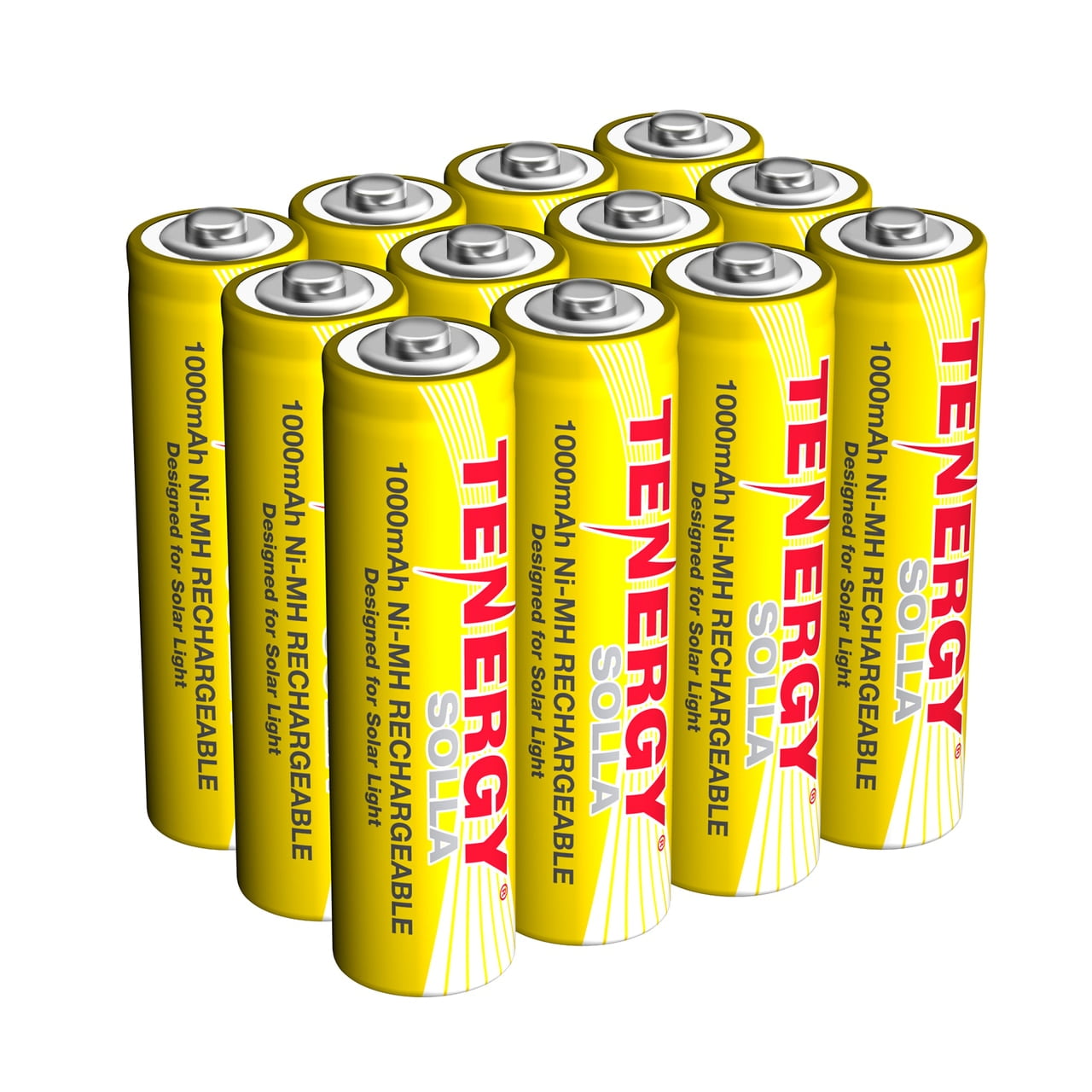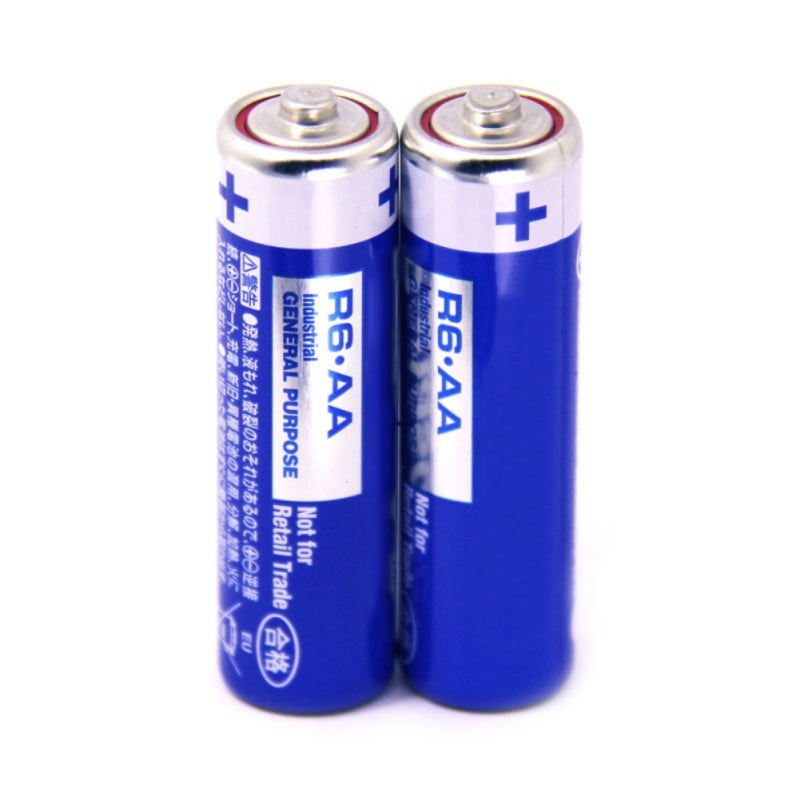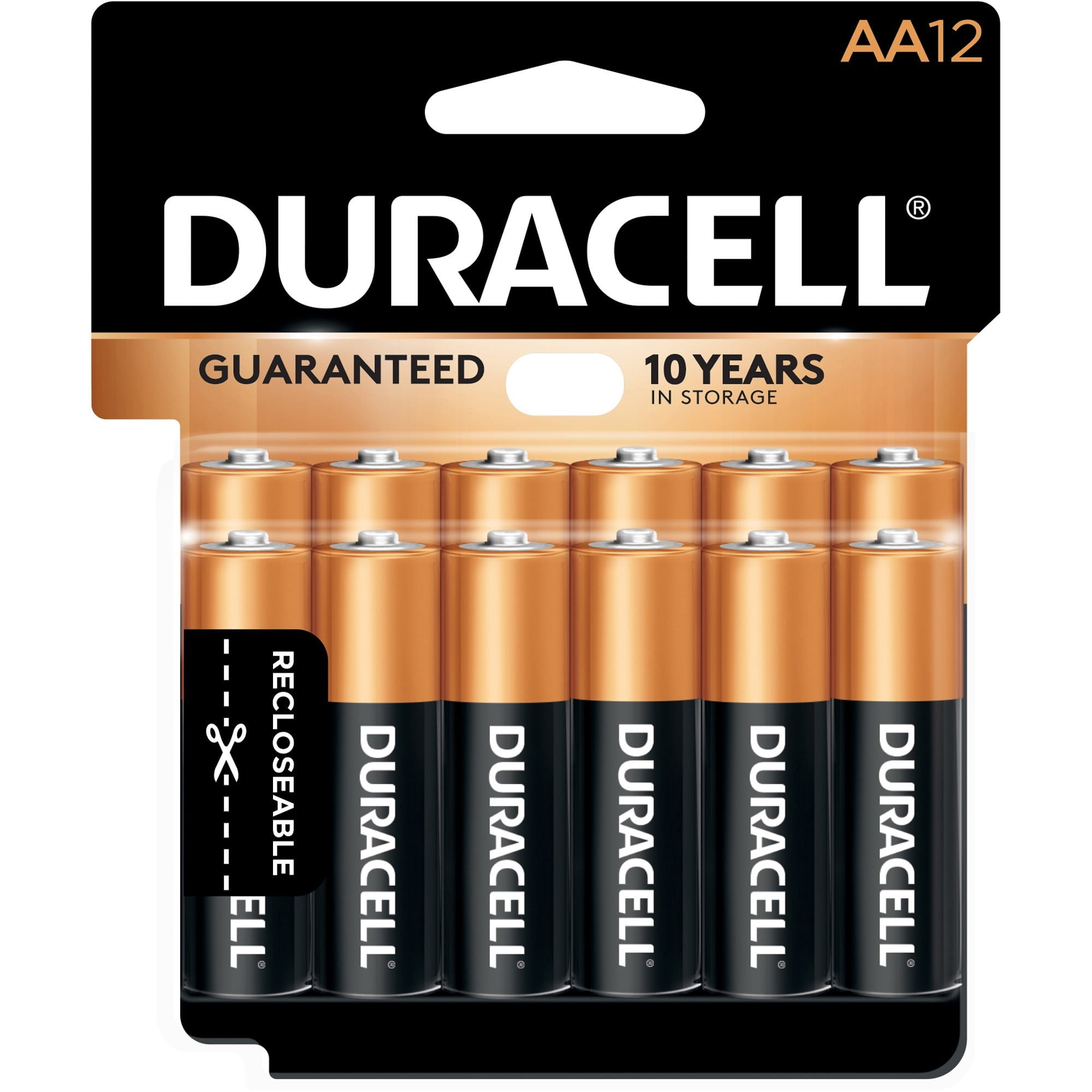

If the load increases, the output eventually drops below the input, and the high-side MOSFET conducts current to the load. The output voltage stays at a lower constant voltage, while the AA battery maintains a safe peak current. As a result, the output voltage begins dropping. When the device load increases to the current limit, the peak switching current is limited to support that current, which is about 3A with a 5V output. Where I OCL is the output constant current limit, and V OCL = 30mV.įor a 400mA current limit, R SENSE is 0.075Ω. R SENSE can be calculated with Equation (1): The AA battery’s internal resistance limits the peak current to about 3A maximum, and about 2A at a 0.9V input (ESR loss of 0.1Ω x 2A = 0.2V, for a 0.7V actual input).

The MP3424 has a high switching current limit with a 9.5A maximum, but there is a current-sense circuit that yields an adjustable maximum output current. This means a secondary supply for that bias could be a small 3V lithium battery, a secondary DC/DC converter, or a charge pump device using the AA battery. The MP3424 input and enable pins take very little current, and if the output is regulated above 3V after start-up, the device is then biased from the output. Figure 2 shows the MP3424, which has a circuit that separates the switching current path from the input bias.įigure 2: Single-Cell, High-Current Boost Converter Higher-Power AA Boost Circuitsīoost converter circuits allow the switching power path to be separated from the input bias, and having a low-power auxiliary supply enables a high-current boost design.

From these specifications, it appears the MP3424 may not be suitable for a single-cell AA battery application however, with special circuit techniques and system set-up, a useful solution is possible. It also has a minimum 2.0V start-up voltage, and a minimum 1.6V operating voltage. For example, the MP3424 has up to a 9.5A switch current and a 5.5V output voltage. While the MP3414 is a good solution for a standalone single AA or 3.3V solution, the maximum output voltage is limited to 4.0V, and the switching current limit (1.5A) is below the maximum current that the battery can deliver.įor higher output voltage and load applications, there are boost DC/DC converters with higher maximum current and voltage specifications, although their input voltage range may be limited. The synchronous high-side switch replaces a discrete diode in the circuit, and also provides current limiting and input/output isolation under short-circuit and fault conditions.įigure 1: Synchronous Boost Converter Schematic One example of a AA boost converter is the MP3414, which has a 1.5A low-side switch that can boost to a 3.3V output, and a 400mA load from a minimum battery input of 0.9V. Then the high-side switch transfers the stored energy to the output capacitance and load. These devices have synchronous switches, so that a low-side switch can energize the inductor. To convert that voltage range to a regulated voltage of 3.3V or 5V, there are many DC/DC boost converters designed to start up and operate from a low input voltage. This does not include the internal resistance drop, which can be between 100mΩ and 120mΩ. The battery can typically supply 1.5V when fully charged, down to 0.9V when discharged. A typical AA battery has a 2 ampere-hour capacity, and can supply peak currents of over 2A.

#Aa battery portable
Switching Converters and Controllers AECQ GradeĪ single AA battery is a very convenient power source for portable low-power applications.
#Aa battery drivers
BLDC Pre Drivers and Integrated Solutions.Battery Management System: Monitor & Protection.Digital Isolators with Integrated Power.Multi Phase Controllers & Intelli-Phase.


 0 kommentar(er)
0 kommentar(er)
